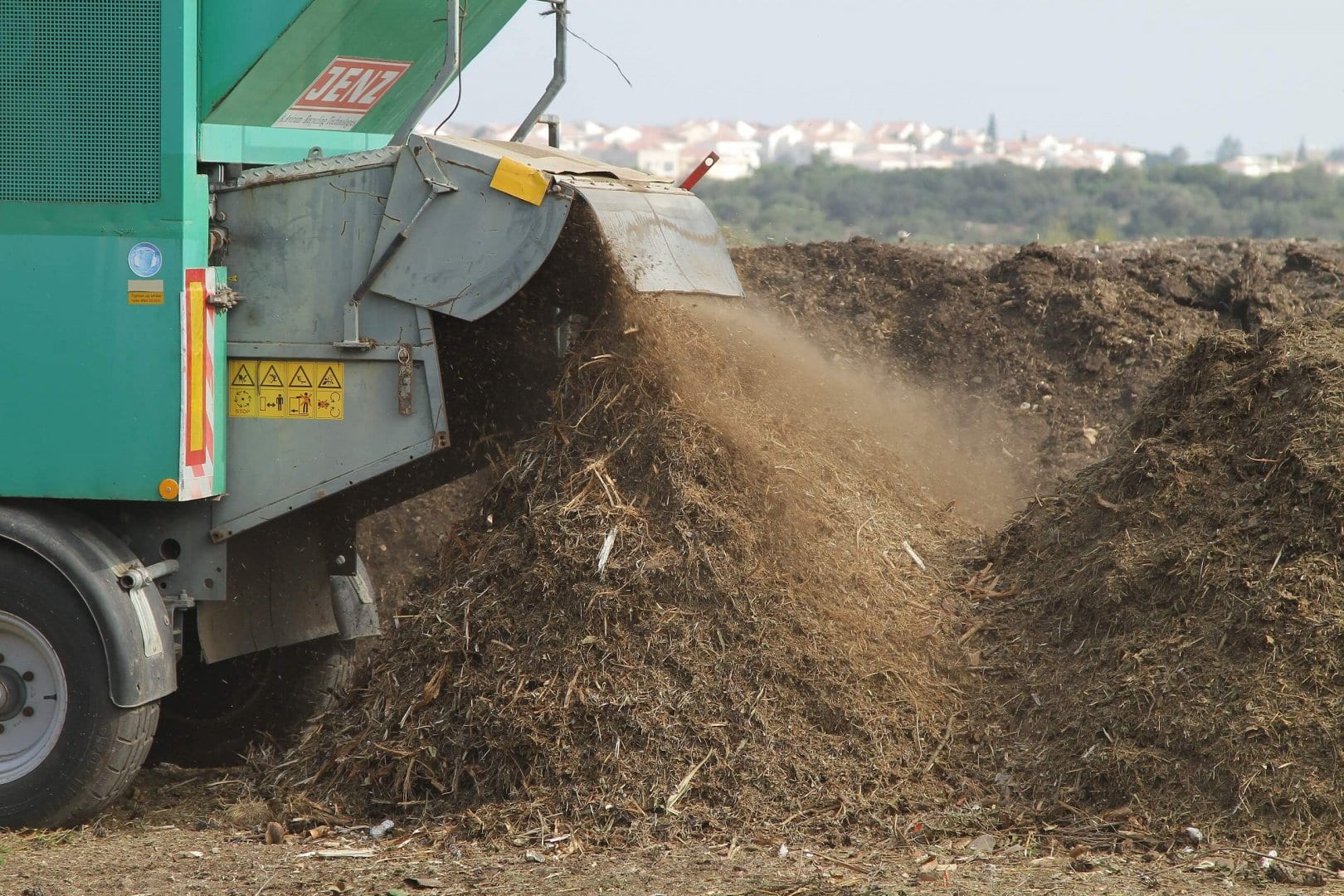
At Ramat Hanadiv, garden waste is collected from both the Gardens and the Nature Park and transferred to the on-site composite site.
The compost site includes a number of elongated heaps at different stages of compostization.
The compost produced at Ramat Hanadiv is used to feed the soil in the Memorial Gardens. We use it to fertilize the flowerbeds, shrubs and trees. Likewise, we plant trees in deep pits after lining their base with planting mixture mixed with compost. We fertilize the grass with inorganic slow-release fertilizer to provide long-term nutrition and prevent flushing of the fertilizer to the soil and ground water.
The compost is also used as filling material in the abandoned quarry on the southern border of the Park.
In the quarry we mix the compost with the local soil to provide aeration, organic enrichment and water retention for the vegetation that will be planted when the site is rehabilitated.
In addition to compost we also produce wood chips from the garden waste, and use them as a ground cover in the Gardens. We cover the exposed ground between the shrubs to maintain soil moisture and prevent weed growth.
For a description of the compostization process click on this link : Turning Trash into Treasure
 Turning Trash into Treasure Turning Trash into Treasure |
Any question? We will be glad to help
Of further interest...
Accessibility
Physically Disabled in the Gardens
Many trails traverse the Memorial Gardens. We recommend this route, but you
can choose to walk another route.
Sustainability
Sustainable Gardening
Sustainable gardening is defined as gardening that considers the needs of the current generation without harming the needs of future generations. It includes garden design that considers the existing elements on site – the landscape, soil, environment and vegetation suitable for the region
Dining Here
Dining
To complete your Ramat Hanadiv experience, you are cordially invited to enjoy the culinary pleasures of Mata’im, the cafe-restaurant on our premises.

